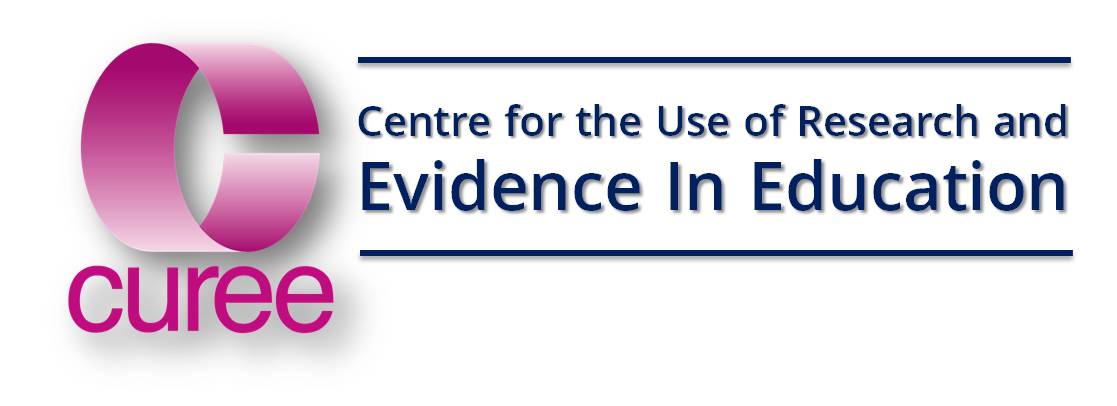Welcome to our latest newsletter looking at the exciting ways schools engage with Research and Evidence.
In this issue we take a look at The Holy Rosary Alliance in Liverpool, where they have integrated Route Maps into their regular CPD provision with great results. (Download a Printer friendly PDF version here!)
Starting Point
The Holy Rosary Teaching School Alliance, based in the North West of England and incorporating 18 primary and secondary schools, were keen to further strengthen their engagement with research and development. Dawn Rogers of Maricourt High School led a project involving several colleagues from each school carrying out action research with their pupils around the shared priority of stretch and challenge. To support teachers in accessing and using the evidence about effective challenge she asked CUREE to develop a bespoke Route Map with accompanying workshops.
“The great power is in seeing our own staff do it rather than somebody else. Teachers look at it and think ‘well why can’t I do that?’”

The Holy Rosary Line
The Holy Rosary Route Map was designed around the theme of Stretch and Challenge, which emerged as a shared interest and developmental priority amongst the colleagues in the Alliance. The line provided materials to help colleagues integrate challenge into their lesson planning and share their learning with other teachers and CUREE colleagues have stretched and extended the line to accommodate the growing capacity and evidence from teachers in the school.
What They Did
Teachers from across the Alliance worked with the Route Map and CUREE colleagues in a twilight session to explore the evidence and decide on research projects they would work on throughout the school year - before considering other areas of interest in their schools that would dovetail into the Route Map project. The teachers involved were all confident after the launch to try new approaches; building an ever more open professional learning environment and a welcome for enquiry. In later sessions colleagues explored their initial findings with support from CUREE as well as beginning to troubleshoot emerging issues in partnership with peers from other schools. The support from fellow colleagues was received well and proved very popular: “you don’t often get an opportunity to work with teachers from other schools in that way, or listen to their practice”.
From these early sessions colleagues identified areas of interest beyond the Stretch and Challenge theme of the original Route Map, leading them to look at strategies for supporting ‘More Able’ students or the Structure of Observed Learner Outcome (SOLO) Taxonomy within the contexts of their own personal practice. The teachers were keen to share what they had learnt and created short and accessible evidence based summaries using CUREE’s case study framework tool. The tool helped to provide consistency and the resulting case studies have been integrated by CUREE into the Route Map itself for future use; they also featured in external publications. In these contexts colleagues’ findings have proved valuable even to staff beyond the Holy Rosary Alliance, when staff from other schools have contacted them with questions about their case studies.
“You don’t often get an opportunity to work with teachers from other schools in that way, or listen to their practice”
Impact
The colleagues involved reported a big difference to their own commitment and investment in action research focused on Stretch and Challenge and the Route Map, thanks to the clear impact on the pupils involved: “The great power is in seeing our own staff do it rather than somebody else. Teachers look at it and think ‘well why can’t I do that?’”. CUREE colleagues also drew the TES Research Corner editor’s attention to the case studies so colleagues saw their research featuring in the national press, and they have presented the way they have worked with the Route Map within whole-alliance sessions. What is more, the Route Maps have facilitated the beginnings of a research legacy for the Alliance, since case studies have made the learning visible for future staff and making it accessible. Teachers within the Alliance are now engaging with the Route Map from their NQT year onwards as a regular, valued part of their professional development
